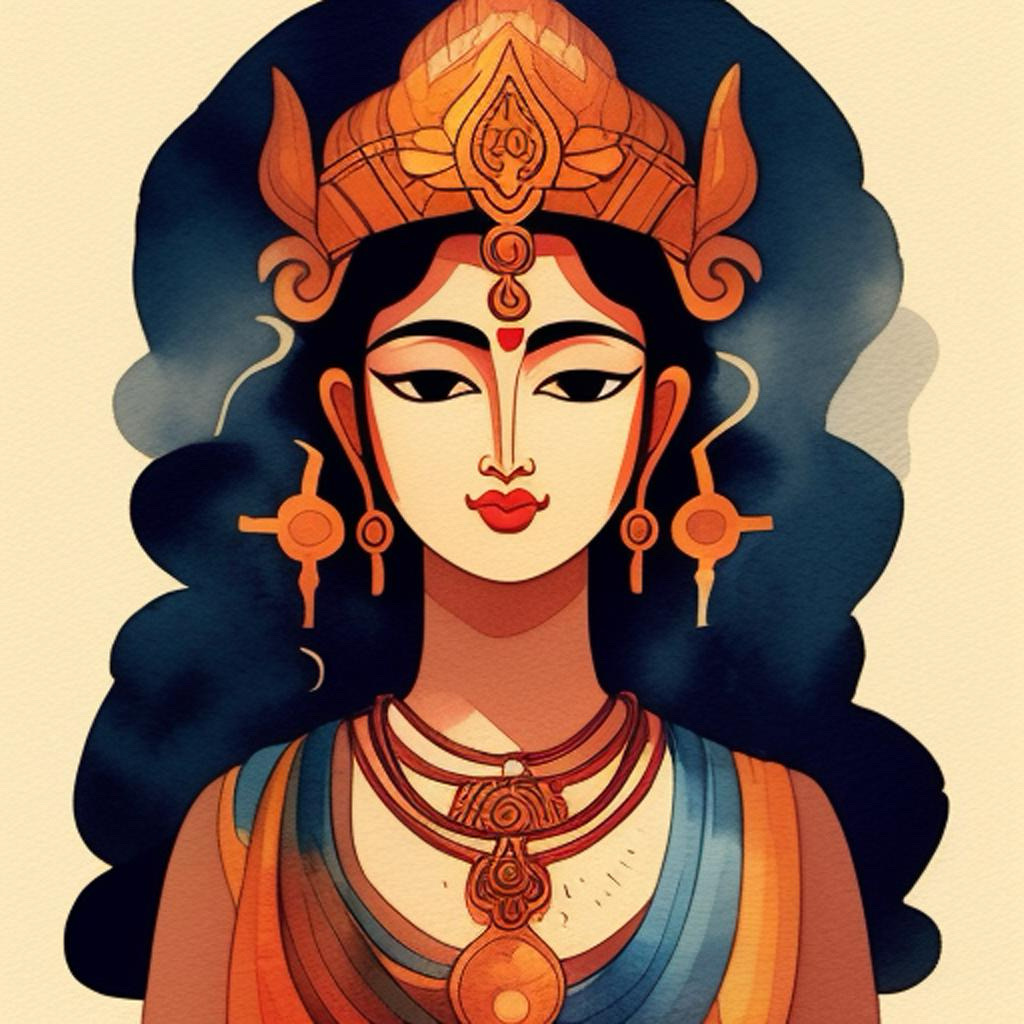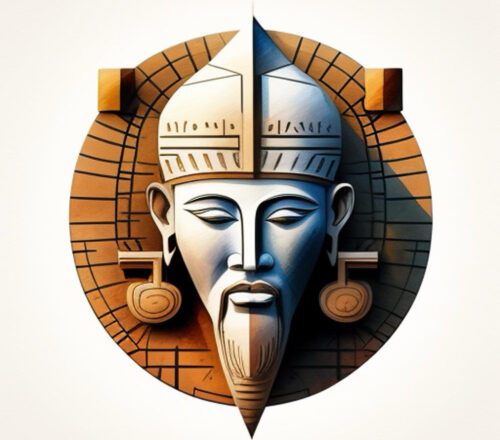
Table of Contents
The female sages in ancient Mesopotamia
While the Seven Sages of Mesopotamian mythology are traditionally depicted as male, there are references in ancient texts to female sages who possessed great wisdom and knowledge. For example, the goddess Nisaba was the patron deity of writing and learning and was considered a wise and knowledgeable deity. In some texts, she is even referred to as a “divine scribe” and “scribe of the gods”.
Another female figure associated with wisdom in Mesopotamian mythology is the goddess Inanna (also known as Ishtar), who was the patron of love, fertility, and war, but was also associated with knowledge and wisdom. In some texts, she is depicted as a wise counselor to the gods, and in others, she is shown as a powerful and knowledgeable warrior.
While female sages and scholars may not have been as common or as well-known as their male counterparts in ancient Mesopotamia, there were certainly women who were revered for their wisdom and knowledge. However, it’s important to note that our knowledge of ancient Mesopotamia is limited by the texts and artifacts that have survived to the present day, and it’s possible that many stories and records of female sages and scholars have been lost over time.
Names of the two Mesopotamian goddesses along with their translations:
- Nisaba: “Lady of Learning” or “Lady of Writing“. Nisaba was a goddess of writing, education, and wisdom, and was often depicted holding a tablet and stylus.
- Inanna (Ishtar): “Queen of Heaven“. Inanna was a goddess of love, fertility, war, and wisdom. She was considered one of the most important deities in the Mesopotamian pantheon and was associated with a wide range of attributes and powers.
Similarities between the deities of ancient Mesopotamia and those of ancient Egypt.
There are certainly some similarities between the deities of ancient Mesopotamia and those of ancient Egypt. Both cultures had pantheons of gods and goddesses who were associated with different aspects of the natural world and human experience, and many of these deities had similar roles and attributes. For example, the Mesopotamian goddess Nisaba, who was associated with writing and education, has been compared to the Egyptian goddess Seshat, who was the patroness of writing and record-keeping.
In addition, both cultures had stories and myths that involved the gods and their interactions with mortals, and both placed a great deal of importance on the afterlife and the role of the gods in determining a person’s fate after death. The Egyptian Book of the Dead, for example, is a collection of spells and instructions designed to help the deceased navigate the afterlife, while the Mesopotamian poem of Gilgamesh deals with themes of mortality, immortality, and the role of the gods in human affairs.
Differences between the deities and beliefs
However, despite these similarities, there were also many differences between the deities and beliefs.
One of the key differences between the Mesopotamian and Egyptian pantheons was the number and variety of deities they worshiped. The Mesopotamian pantheon was more diverse and decentralized, with many local and regional gods and goddesses worshiped alongside the more widely-known deities like the Seven Sages. In contrast, the Egyptian pantheon was more centralized and hierarchical, with a smaller number of gods and goddesses who were worshiped across the entire country.
Another difference was the way in which the gods were depicted in art and iconography. Egyptian art tended to portray the gods in a highly stylized and recognizable form, with each deity having a unique set of symbols and attributes that could be easily identified. Mesopotamian art, on the other hand, was more abstract and varied, with the gods often represented as composite creatures or with a mix of human and animal features.
Finally, the roles and functions of the gods in Mesopotamian and Egyptian mythology were also somewhat different. In Mesopotamian mythology, the gods were often portrayed as powerful but capricious beings who could be both helpful and harmful to mortals, and who were often depicted as engaged in rivalries and conflicts with each other. In contrast, Egyptian mythology emphasized the concept of ma’at, or divine order, and saw the gods as working together to maintain balance and harmony in the universe.
Despite these differences, both Mesopotamian and Egyptian mythology are rich and complex, and offer fascinating insights into the beliefs, values, and worldviews of these ancient cultures.
Shop Corner
Female sages in Ancient Mesopotamia on Amazon
Thank you for reading, shares and comments!
✨ Comment Policy ✨
We welcome thoughtful, kind, and constructive comments that contribute to meaningful conversations.
Please note:
- Promotional links and unsolicited offers will be removed.
- Spam, irrelevant content, or self-promotion without prior permission will not be published.
- We value quality engagement over quantity — thank you for helping us keep this a respectful and inspiring space!
Sources openai Language models, aitrot, picsart and mib
Take time to learn
Invest in your future
Embark on a journey into the realm of affiliate marketing and craft your own website within a vibrant, supportive community. Join me in this adventure, where you can begin as a free starter and stay as long as you desire. Enjoy complimentary hosting and foundational teachings to set you on your path. For those with advanced skills, opportunities to elevate your expertise await. Take a moment to explore and witness the magic for yourself!




